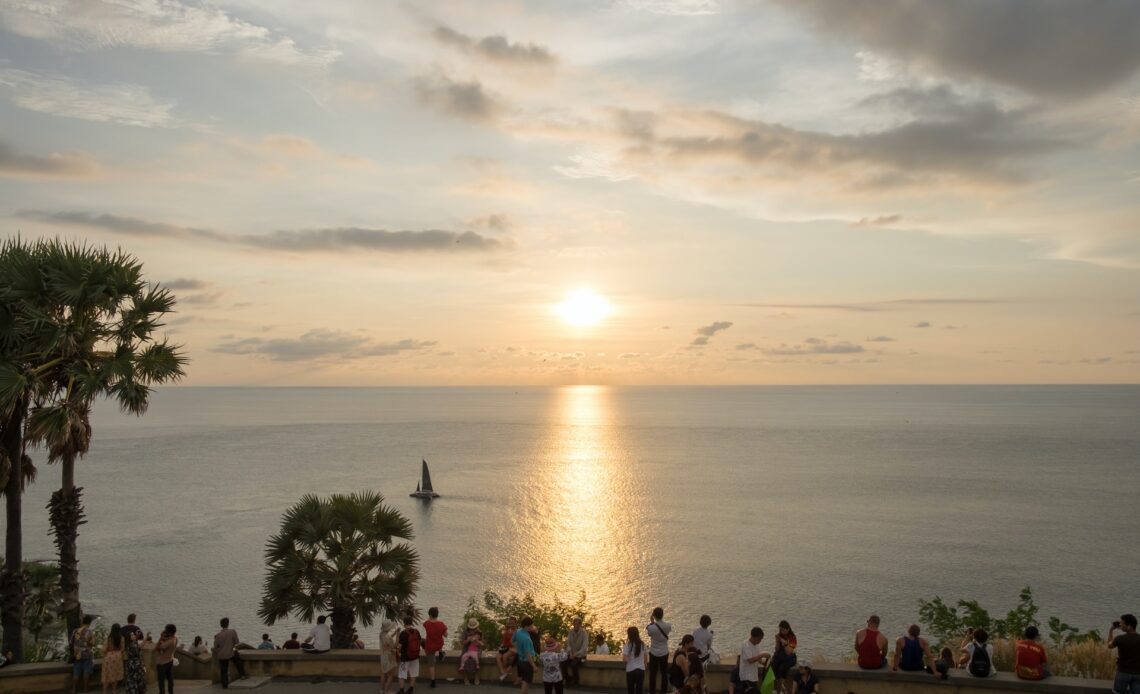Anyone planning a trip to Southeast Asia confronts an embarrassment of riches.
This magical part of the world has enough beaches, sunset spots, temples and fiery food to fill several lifetimes of travel. Yet since we only have one, tough choices lie in store. Enter a pair of seasoned writers to make the case for their pick of two of the region’s most beloved hubs, Phuket and Bali.
Favor fabulous Phuket
Isabella Noble is a Barcelona-based travel journalist and the author of Lonely Planet’s Pocket Phuket guide. She has been spending time on this beautiful, often-misunderstood Thai island for almost a decade.
For anyone who loves Phuket – as I do – it’s a magical island that instantly defies its stereotypes without making any fuss.
Thailand bursts with dreamy, laid-back, palm-filled islands washed by gentle turquoise waves, yes – but Phuket combines all that tropical-paradise allure with the lively buzz, creative vibe and thrilling food scene of a dynamic urban hub.
Let’s start with those fabulous flour-soft, salt-white beaches. My favorites are in the north of the island, including sparkling Hat Surin, five mile (8km)-long Ao Bang Thao and wilder Hat Layan. Phuket’s three northwesternmost strands are a treat too: Hat Nai Yang, Hat Mai Khao and Hat Nai Thon all sit within the protected Sirinat National Park and have a blissfully relaxed, nature-first feel. On the island’s southern tip, mellow Rawai is another beachy beauty I seek out on every visit; it’s known for its rustic seafood restaurants, buzzing kitesurfing scene and powdery strands like Hat Nai Han. Blazing sunsets draw crowds to dramatic Laem Phromthep here, and there’s almost a mystical feel as everyone simultaneously gazes out as the sun drops into the jade-colored Andaman Sea.
Phuket’s vibrant food scene
Phuket also has one of Thailand’s most irresistible food scenes, born from the mingling of Southeast Asian and Chinese cultures over the centuries (known here as Baba culture). The arty island capital Phuket Town is the culinary epicenter. A tin-mining hub in the 19th and 20th centuries, today now filled with candy-colored Sino-Portuguese buildings, restored hôrng tăa·ou (shophouses) and hidden…
Click Here to Read the Full Original Article at Stories – Lonely Planet…
